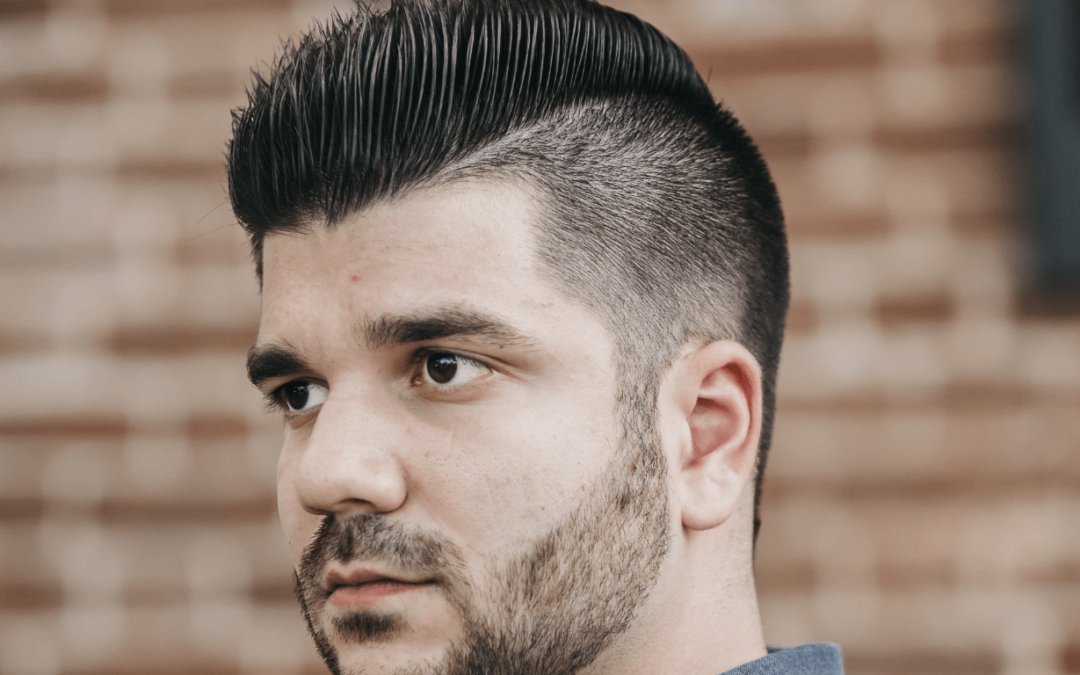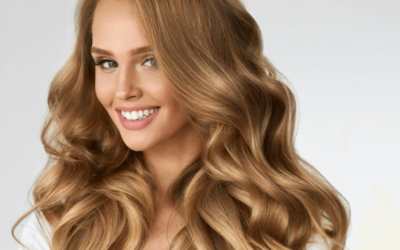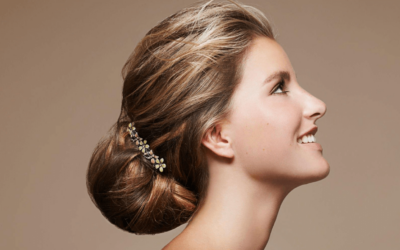Are you ready to elevate your hairstyle game with a sleek and stylish hair fade? The hair fade is a popular haircut technique that involves seamlessly transitioning from longer hair on top to shorter sides and back, creating a clean and sharp look.
In this comprehensive guide, we will take you through the step-by-step process of achieving a flawless hair fade.
Whether you’re a professional barber or a DIY enthusiast, get ready to learn the secrets of mastering the art of hair fade!
Tools You’ll Need
Before we dive into the technique, let’s make sure you have the necessary tools to achieve a professional hair fade:
Hair Clippers: Invest in a high-quality set of hair clippers with various guard sizes to create the desired fade effect.
Clipper Comb: A clipper comb helps in evenly distributing the hair and guiding the clippers during the cutting process.
Scissors: You’ll need a pair of sharp scissors to blend and trim the hair on top.
Mirror: A handheld mirror or a wall-mounted mirror is essential to ensure you have a clear view of the sides and back of your head while cutting.
Barber Cape: To protect the client’s clothing or your own, use a barber cape to drape around the neck.
Hair Products: Styling products like pomade or hair gel can be used to enhance the finished look and add texture.
Step-by-Step Guide to a Hair Fade
Now that you have the necessary tools, let’s jump into the step-by-step process of achieving a flawless hair fade:
Preparation
Start by washing and drying the hair to ensure a clean canvas for the haircut. Discuss with your client or determine for yourself the desired length and style for the top portion of the hair.
Establish the Guidelines
Using a comb, create a clear parting on the desired side of the head. This will serve as a reference point for the fade.
Start with the longest guard size on your clippers and establish a guideline by trimming the hair around the sides and back, below the parting line. Ensure that the guideline is straight and even all around the head.
Gradual Fade
Switch to a shorter guard size and begin creating a gradual fade by cutting the hair in an upward motion, starting from the guideline and working towards the top.
Blend the hair using different guard sizes to create a smooth transition from the longer hair on top to the shorter sides and back.
Use a comb or your fingers to periodically check the blend and make any necessary adjustments.
Detailing and Blending
Switch to scissors and work on blending the hair between the longer top and the faded sides and back.
Use your comb and scissors to create seamless transitions and remove any visible lines or unevenness. Pay close attention to the area around the ears and the hairline for precise detailing.
Finishing Touches
Once the desired fade is achieved, focus on the top portion of the hair. Use your scissors to trim and shape the hair according to the desired style, whether it’s a textured crop, slick back, or any other preferred look.
Apply a small amount of styling product to add definition and hold to the finished style.
Maintenance and Aftercare
Advise your client on the proper maintenance routine for their new hairstyle, including how often to trim the hair and which products to use for styling and maintenance.
Provide aftercare tips, such as avoiding excessive heat styling and protecting the hair from sun exposure or harsh environmental conditions.
Understanding Different Fade Styles
Discuss popular fade styles, such as the low fade, high fade, skin fade, and taper fade. Explain the differences between these styles and how they can complement various hair textures and face shapes.
Provide visual references or examples of celebrities or models sporting different fade styles to help readers visualize the end result.
Mastering the Blade Technique
Explain the importance of using different blade sizes to achieve a precise and smooth fade. Discuss the numbering system for blades and how to select the appropriate size for different areas of the head.
Provide tips on blade maintenance, such as keeping the blades clean, lubricated, and properly aligned for optimal cutting performance.
Transitioning Hair Lengths
Elaborate on the technique of transitioning hair lengths seamlessly during the fade. Explain how to gradually blend the shorter sides and back with the longer hair on top, creating a natural and stylish appearance.
Emphasize the importance of patience and precision when transitioning between different hair lengths to avoid harsh lines or unevenness.
Troubleshooting Common Issues
Address common challenges that may arise during the hair fade process, such as dealing with stubborn cowlicks, handling different hair textures, or managing uneven hair growth patterns.
Provide practical tips and solutions for overcoming these challenges, such as adjusting the cutting angle, using specialized techniques for specific hair types, or utilizing styling products to tame unruly hair.
Personalizing the Hair Fade
Encourage readers to experiment with personalizing the hair fade by incorporating design elements, such as hair tattoos, shaved patterns, or sideburn shapes. Explain how these details can add a unique touch to the overall hairstyle.
Highlight the importance of consulting with the client to understand their preferences and suggesting personalized variations to suit their individual style and personality.
Maintaining a Healthy Scalp and Hair
Discuss the significance of maintaining a healthy scalp and hair to ensure the longevity of the hair fade. Provide tips on scalp care, such as regular cleansing, exfoliation, and moisturizing.
Offer suggestions for maintaining the hair’s health, such as using quality hair care products, incorporating conditioning treatments, and protecting the hair from heat damage.
By incorporating these additional points, you’ll be able to provide more comprehensive information and insights to readers seeking guidance on achieving a flawless hair fade.
Conclusion
Congratulations! You’ve successfully learned the step-by-step process of achieving a flawless hair fade. With practice and attention to detail, you’ll become a master of this popular haircut technique.
Whether you’re a professional barber or simply looking to enhance your grooming skills, remember to always prioritize the client’s preferences and maintain open communication throughout the haircutting process.
Now, go out there and rock your stylish hair fade with confidence!
















